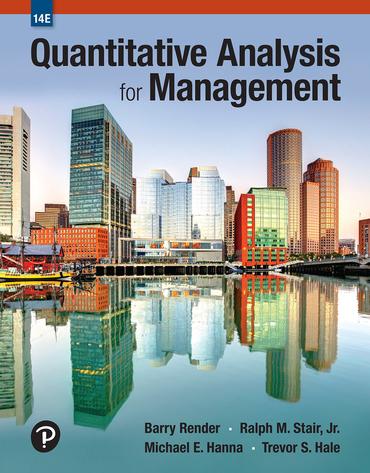Question
The Fukushima disaster followed the Tokoku earthquake and tsunami on 11 March 2011 and resulted in a series of equipment failures, nuclear reactor meltdowns and
The Fukushima disaster followed the Tokoku earthquake and tsunami on 11 March 2011 and resulted in a series of equipment failures, nuclear reactor meltdowns and releases of radioactive materials at the Fukushima 1 Nuclear Power Plant. Immediately after the earthquake the three operating reactors shut down automatically and emergency generators came online to control electronics and coolant systems. However, the tsunami following the earthquake flooded the lowlying rooms in which the emergency generators were housed, causing them to fail and cutting power to the pumps which circulated coolant water to prevent the reactors from melting down. Saltwater flooding of the reactors could have prevented meltdown, but the decision was delayed, partly because of a lack of information about the scale of the disaster and partly because flooding with seawater would permanently ruin the costly reactors. Eventually the Japanese government ordered flooding by seawater, but it was too late to prevent meltdown. In the intense heat several chemical explosions occurred. Concerns about the repeated small explosions and the possibility of larger explosions led to a 20km radius evacuation around the plant. However, because Japanese government officials did not act on information provided by external agencies, evacuees were in many cases sent to areas of even higher radioactivity. Significant amounts of radioactive material were also released into ground and ocean waters, leading the government to ban the sale of food grown in the area. Japanese officials initially assessed the accident as level 4 on the International Nuclear Event Scale. It was not until 11 April 2012 that the level was eventually raised to 7 by the Japanese authorities, the highest possible, despite assessments of levels 6 or 7 by international agencies almost immediately after the disaster. The Japanese parliaments Independent Investigation Commission report, published in July 2012, concluded that It was a profoundly man-made disaster that could and should have been foreseen and prevented. And its effect could have been mitigated by a more effective human response. Blunden, T. and Thirlwell, J. Mastering Operational Risk. Pearson. Second edition. 1.1 Could the Fukushima Dai-ichi nuclear disaster have been prevented by an assessment of speculative or event risk? Substantiate your answer. (8) 1.2 Discuss the risk control techniques that should have been considered in the Fukushima Daiichi nuclear disaster by the risk manager. (32)
Step by Step Solution
There are 3 Steps involved in it
Step: 1

Get Instant Access to Expert-Tailored Solutions
See step-by-step solutions with expert insights and AI powered tools for academic success
Step: 2

Step: 3

Ace Your Homework with AI
Get the answers you need in no time with our AI-driven, step-by-step assistance
Get Started


